Hyperborean Mice: Grim Swords & Sorcery Action… With Talking Mice
 Am I a bad gamer if I really, really want to play this game?
Am I a bad gamer if I really, really want to play this game?
I mean… a role playing game of heroic rodents, tiny critters struggling valiantly against barbarian rat tribes, gargantuan predators such as foxes and owls, legendary horrors that prowl the land, and foul sorcery. All in Conan’s backyard.
Just listen to this product description:
The ancient White Lords, albino mice with magical powers, rule over the valley of Hyperborea, but their empire is crumbling. Barbarian rat tribes, deadly predators and political intrigue threaten to bring their mousy civilization to an end. Terrible predators like foxes and owls take the place of giants and dragons. Voracious shrew clans raid the Fallows, seeking mice and rats to fill their larders. Centipedes scuttle beneath the underbrush, seeking prey. Hawks force the inhabitants to stay under cover during the day, while owls stalk the sky at night… Legendary horrors stalk the land, unique predators with potent magical abilities of their own. The terrifying Mocker, a centipede whose only voice is the imitated cries of his victims. The serpent Ssaaa gathers a cult of worshipers to do her bidding in the valley. And no mouse dares stand against dread Hoorooru, the ancient ruler of Rookswood and the enemy of the gods.
It’s like Robert E. Howard was hired to write the screenplay for The Secret of Nimh. Scott Oden reports that it’s “Filled with REH and Lovecraft homages! Like an owl that’s worshipped as a god by clans of savage mice.” I got chills, I swear.
Hyperborean Mice was written by Frank Sronce and published by Kiz and Jenn Press. It’s 102 pages, and is available as a softcover book from Lulu.com or as a digital download PDF from RPGNow and DriveThru RPG. Show it some love and check it out, and let me know I’m not crazy.
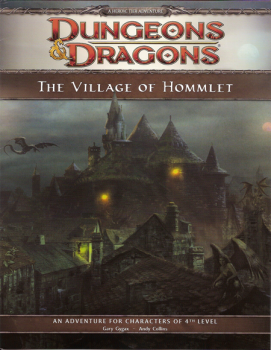 How cool is this? Wizards of the Coast has released an updated version of Gary Gygax’s 1979 classic The Village of Hommlet, one of the most celebrated AD&D adventures and the first part of the notoriously difficult
How cool is this? Wizards of the Coast has released an updated version of Gary Gygax’s 1979 classic The Village of Hommlet, one of the most celebrated AD&D adventures and the first part of the notoriously difficult 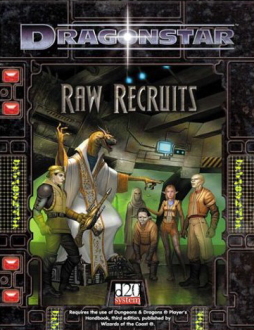 D&D in space. It’s an idea that has been around for a long while in the form of TSR/WotC’s Spelljammer.
D&D in space. It’s an idea that has been around for a long while in the form of TSR/WotC’s Spelljammer.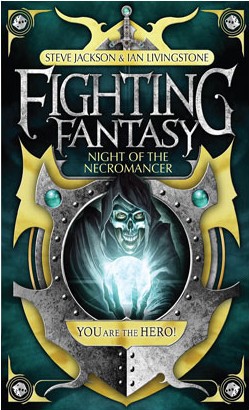 Night of the Necromancer
Night of the Necromancer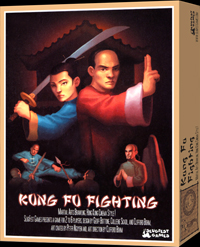 Now that Gen Con is done, it’s time to offer up some final thoughts, experiences, and, of course, games.
Now that Gen Con is done, it’s time to offer up some final thoughts, experiences, and, of course, games.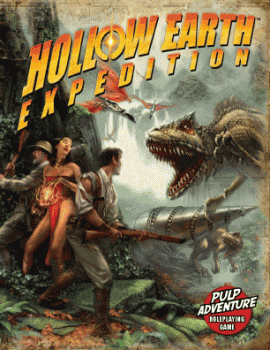 Pulp Adventure Roleplaying Games
Pulp Adventure Roleplaying Games
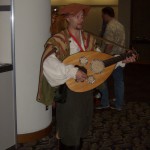
 After a hectic morning, my wife and I finally made the 45-minute drive into Indianapolis with our littlest, 8.5-month old Gideon. (The elder, 5-year old Elijah, will be joining us tomorrow.) Parking was crazy, but we found a spot finally and made our trek over to the convention center that is the home to Gen Con, the best four days in gamig (
After a hectic morning, my wife and I finally made the 45-minute drive into Indianapolis with our littlest, 8.5-month old Gideon. (The elder, 5-year old Elijah, will be joining us tomorrow.) Parking was crazy, but we found a spot finally and made our trek over to the convention center that is the home to Gen Con, the best four days in gamig (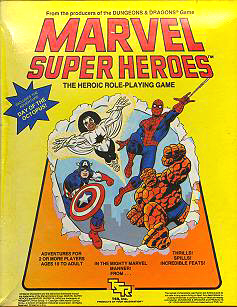 John O’Neill’s editorial in Black Gate 14 touched on gaming, on wargaming and role-playing, and on the way these things shaped the way friends interact. It hit home for me, because I recognised in my life much the same sort of phenomenon John described in his own.
John O’Neill’s editorial in Black Gate 14 touched on gaming, on wargaming and role-playing, and on the way these things shaped the way friends interact. It hit home for me, because I recognised in my life much the same sort of phenomenon John described in his own.